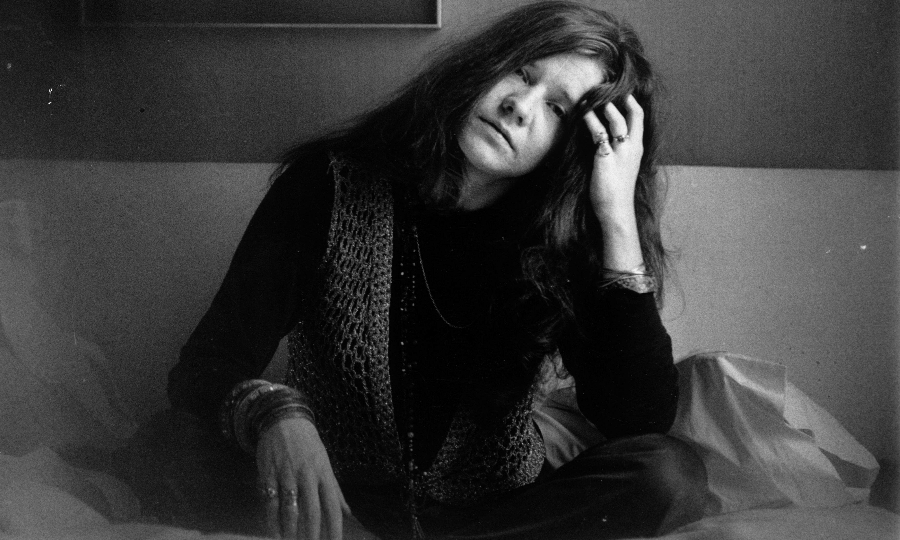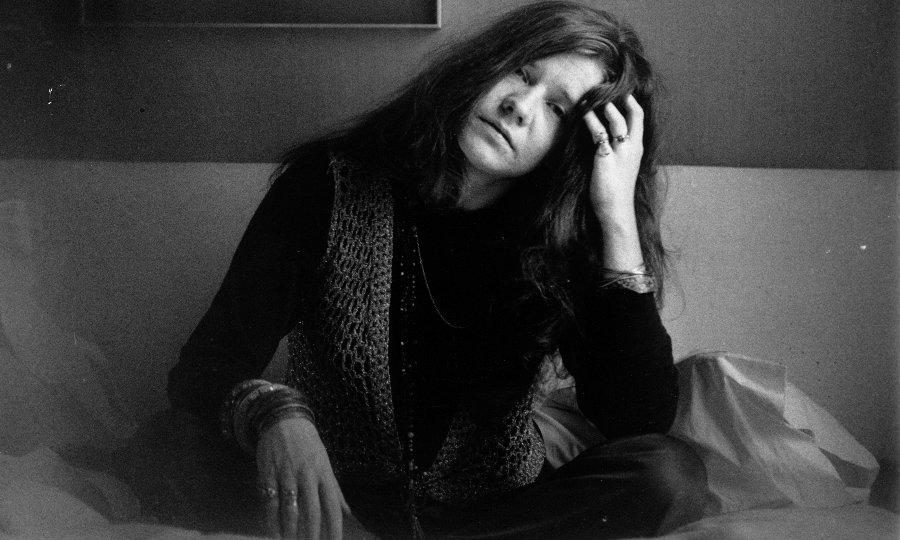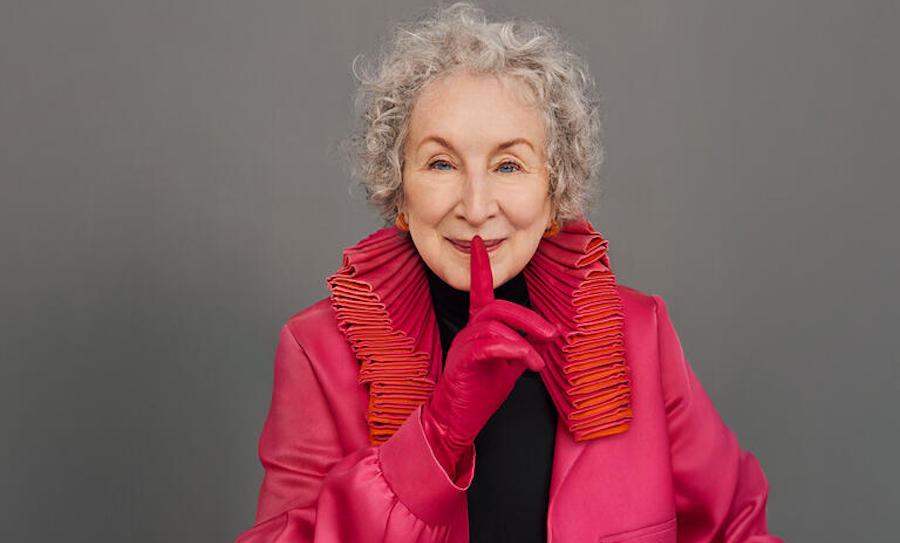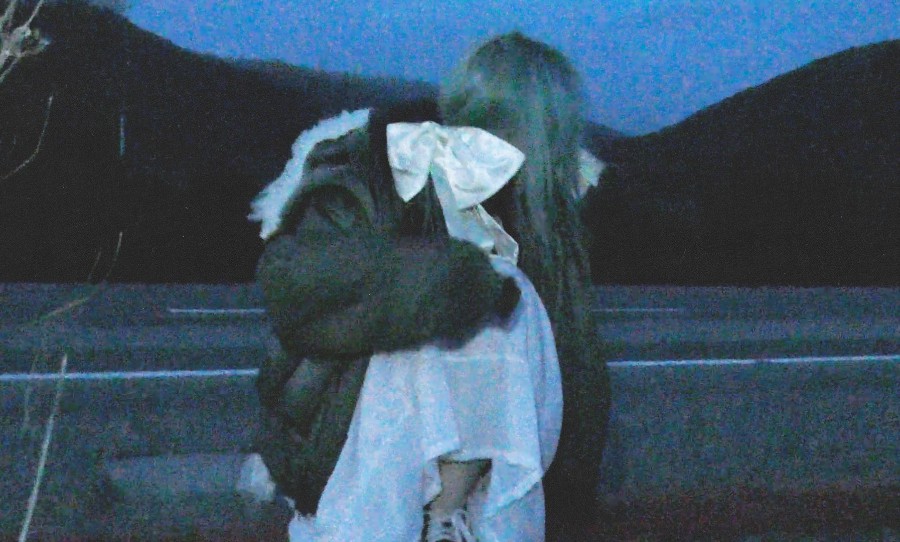Around 1 a.m. on 4 Oct, 1970, Janis Joplin skin popped a dose of ‘China White’ heroin at Room 105 of the Landmark Motor Hotel. The batch was 40-50 percent pure as oppose to the usual 10 percent, and was the same heroin Jim Morrison would overdose on almost a year later, and that Keith Richards regularly purchased.
Janis was recording her second solo alum, Pearl, at the time and had just been at the studio listening to a cut of Buried Alive with the Blues, with her new band Full Tilt Boogie. Skin popping heroin rather than main-lining it to the vein, Janis’s preferred method, delays its effects by 10 minutes.
Janis walked to the Hotel’s lobby with $5 to get change for the cigarette machine, chatted with the clerk and got a packet of Marlborough’s before heading back to her room. She put the smokes on her nightstand, sat on her bed, and her heart and lungs shut down. She hit her head on the night stand, drew blood, and slid to the floor, dying 33 years to the day of Bessie Smith’s burial, Janis’s idol.

Holly George-Warren delivers her finest work yet. An empathetic celebration of rock’s first female superstar, Janis Joplin.
Award winning author of 16 books and an editor for Rolling Stone, Holly George-Warren commits a sober and democratic retelling of Janis Joplin’s life from a highly conservative Texan upbringing to the stage of Woodstock and her final moments.
Warren is by no means the first to put a lens to the life of Janis. The first bio, Buried Alive: The Biography of Janis Joplin, was published just three years after her death by the late Myra Freidman, though it is hot blooded and overly thorough. Additionally there is Love, Janis – an intimate memoir written by her sister Laura Joplin, and the inspiration behind the musical of the same name.
Though no matter which way you look at it Janis Joplin’s life is embittered with sadness and ebullient highs, the topography of which would make the average life appear as flat as a pancake.
From her climactic performance at the 1967 Monterey Pop Festival with Big Brother and the Holding Company where famous rock critic Robert Christgau described her as, “the best rock singer since Ray Charles” and Joe Selvin said “It was as if the earth had opened up.”
To the near constant heartbreak, drug abuse, alcoholism, and childhood alienation, Janis Joplin embodied the existential nihilism of her father Seth which she coined the ‘Kozmic Blues’, as she wrestled between the confines of depression and art.
During her grievously short-lived four year career, Janis Joplin became the first ever female rock star in a highly exclusive boys club, and suffered appalling sexism from musicians, critics, and industry pros as a result. The rest of aforementioned Christgau review describes, “her left nipple erect under her knit pantsuit looking hard enough to put out your eye.” Nonetheless she stood by her freewheeling ways and became an icon of freedom for young women in the ’60s.
Now let us celebrate one of the most incandescent voices and captivating stage presences of our time.

Performing provided Janis with such immense joy that she always appeared effortless and soul-stricken. Yet Warren delves into the enormous work and dedication she had to her music, studying fellow female blues singers such as Bessie Smith and Big Mama Thornton with a level of academia. She frequently spent extended stints in the studio working on production, which would occasionally end with Janis racing The Doors producer Paul Rothchild in their Porsches along the Pacific Coast Highway after hours.
Janis’s need for speed and “thunderbolt moment” arrived in the Autumn of ’57 when Jack Kerouac’s On The Road was first published. A fervent reader, Janis devoured the novel and designed to connect with her inner beatnik.
She also devoutly argued against racism as a child. In a class discussion once she was the sole student to debate in favour of black and white children attending school together. She also fell in with older pseudo intellectual boys from neighbouring towns and began attending bars. At the age of 16 she hitch-hiked to San Francisco, a female fleeing the Eisenhower oppression of Port Arthur, Texas in the late 1950s.
I can’t help but find the courage and sheer open-mindedness of this social rejection and pariahdom almost incomprehensibly brave. Especially since she frequently sought the acceptance of her parents, though the necessity to embrace her own individuality eventually outweighed it.
Her explosive camaraderie as a key member of Big Brother and the Holding Company led them to be one of San Francisco’s most ‘hip’ bands alongside The Grateful Dead and Jefferson Airplane. Warren captures it with near constant first hand recounts and Janis’s own words in letters. Laura Joplin even stated, “I was impressed by the breadth of her new interviews and information.”
Nonetheless, Warren expresses a tender closeness to her subject without injecting too much opinion. Rather, she allows the events to retell themselves. This is Janis the woman and complex soul, not the mythic rock queen.
Other run ins with fame include a brief fling with Jim Morrison wherein a weekend of shows at the Fillmore resulted in the Dionysian rockstar leaving his girlfriend for Janis Joplin’s boudoir. However, she was soon disdained with his unresponsiveness in bed and habit for slugging down booze the moment he woke up.
As a centre spoke of the counter culture movement Janis Joplin was a fascinating figure and compelling musician. Holly George-Warren exposes the human behind the myth with grace, neutrality, and empathy crafting a holistic picture of the woman Janis really was. Perhaps her finest work yet.
Janis: Her Life and Music is out now via Simon and Schuster. Grab a copy here.
Watch Janis covering Big Mama Thornton’s Ball and Chain on her second performance with Big Brother and the Holding Company below. Filmed by D. A. Pennebaker it was reportedly not as incredible as the Friday night performance, which was not filmed, however Mama Cass can still be seen saying wow at the end.
While we’ve got you, check out our review of:



